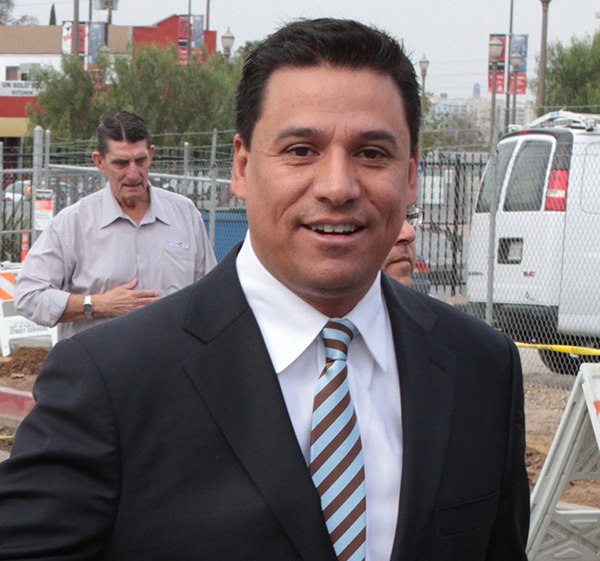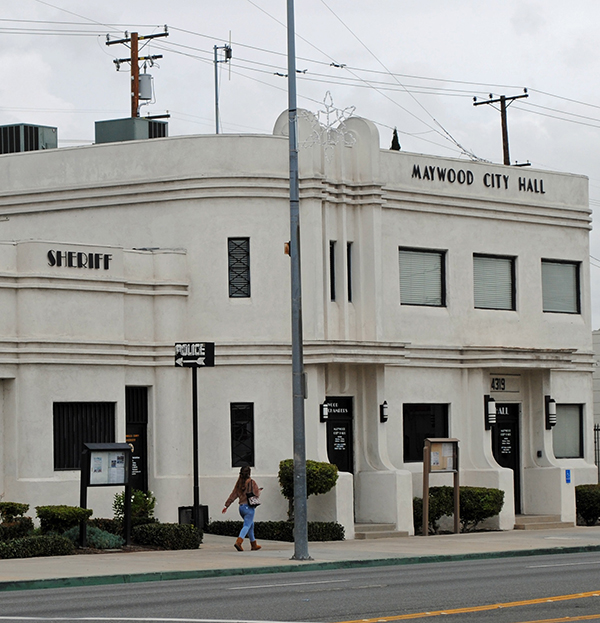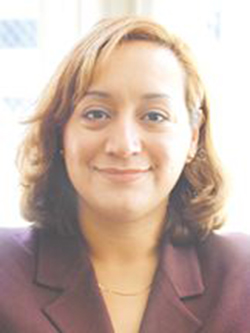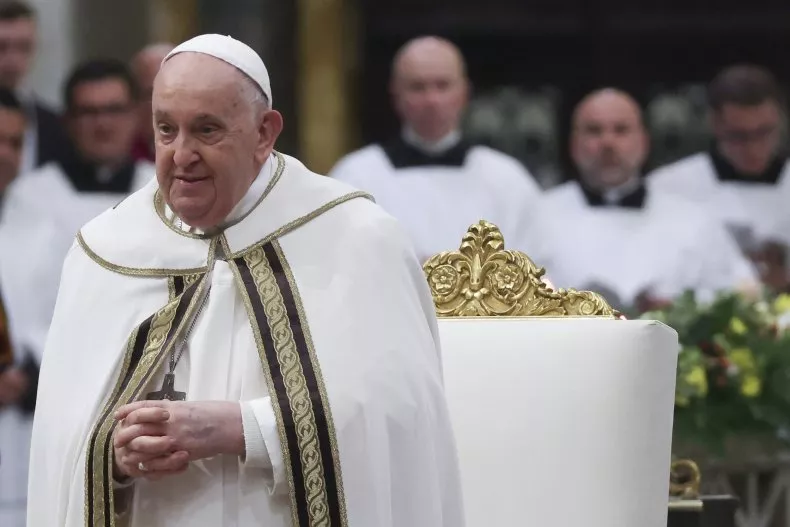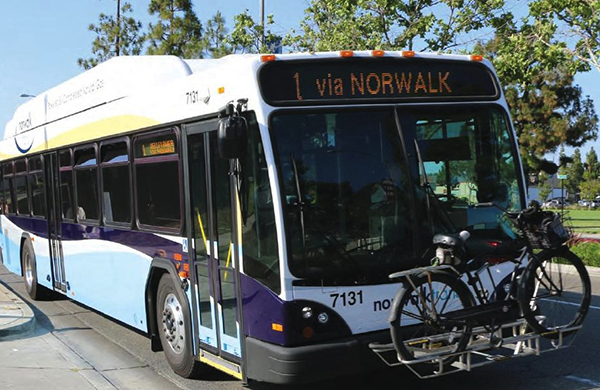200 East L.A. middle schoolers graduate Cal State L.A. STEM camp

LOS ANGELES — Cal State Los Angeles celebrated the accomplishments of 200 middle school students with a graduation ceremony for the Verizon Innovative Learning STEM Achievers Program July 11 at the Golden Eagle Ballroom. About 600 family members and friends came to support and cheer for the new graduates.
In its ninth year, the free program continues to serve incoming sixth-to eighth-grade students from areas neighboring Cal State L.A. The three-week, immersive program funded by the Verizon Foundation provided the students with hands-on learning experiences in science, technology, engineering and mathematics known collectively as STEM.
The summer initiative empowers underrepresented youth by cultivating their interest in STEM. The students were introduced to cutting-edge technologies that included augmented and virtual reality, 3D design and printing, robotics and coding.
“STEM subjects oftentimes don’t get taught in a hands-on way in schools,” said Jessica Morales-Chicas, program director at Cal State L.A. “Students don’t see them as being relevant to their future, for their careers.
“We offer hands-on learning. Students are manipulating robots, they’re learning code, they’re in competitions to write the best code to get those robots through obstacle courses,” Morales-Chicas added. “That engagement is really critical. It shows them that science, engineering, and math could be fun and relevant.”
More than 600 students applied this year for the program, which featured daily instruction from credentialed STEM instructors, mentorship from Cal State L.A. undergraduate and graduate students, and a structured curriculum aligned with 21st-century career pathways.
“This project is awesome for the kids,” said Juan Bobadilla, whose son Juan Jr. and daughter Ava both participated in the program. “My kids didn’t know much about (STEM), but now they know what it’s about and maybe in the future they can go that route.”
The graduation ceremony also featured demonstrations of the students’ projects over the past three weeks, as well as testimonials from five students.
“I was happy to have been able to attend classes in a college setting,” said Emily. “I look forward to the day I can attend college. I really enjoyed being part of the program, and I was able to make new friends, learn new skills, connect with teachers, and have the opportunity to explore the Cal State L.A. campus. I really enjoyed every minute of it.”
Morales-Chicas said the students hail mostly from East Los Angeles and the Los Angeles Unified School District, and that their families are predominantly Latino and lower income. The community, she says, is hampered by a “great digital divide” that goes beyond providing students access to the internet, computers, and smartphones.
“The schools offer those things,” she said. “The biggest gap, I would say, is the lack of opportunities for engagement, innovation and access. With our program, we’re not just giving students a computer or a 3D printer, we’re showing them how they’re made, how they can be social entrepreneurs, to develop technology, to create and innovate new technologies. That’s really the missing link.”
When the Cal State L.A. program launched nine years ago, it was offered only to boys, with girls being offered a separate program elsewhere. The original class was 120 strong, and the program went co-ed about five years ago.
Morales-Chicas said the program has influenced many participants to pursue careers in STEM-related fields. Some former students, including members of the first few cohorts, return to the campus to help guide the younger generations.
“We have some kids who have cycled through the program, who are now in college or have graduated, that serve as mentors,” Morales-Chicas said. “It’s an opportunity for them to stay engaged, to come back in a different capacity, where they’re able to help others and serve in a mentorship role.”
Incoming Cal State L.A. sophomore Eric Apodaca was part of the first cohort as a 10-year-old attending Wallen L. Andrews School in Whittier. He has been volunteering as a mentor since 2020.
Apodaca, 19, pointed to a student who won a robotics competition at his school after learning about the subject in last year’s program.
“In a similar case to mine, he learned about robotics and coding,” Apodaca said. “It’s nice to see one of my students find a passion for what he does.”

